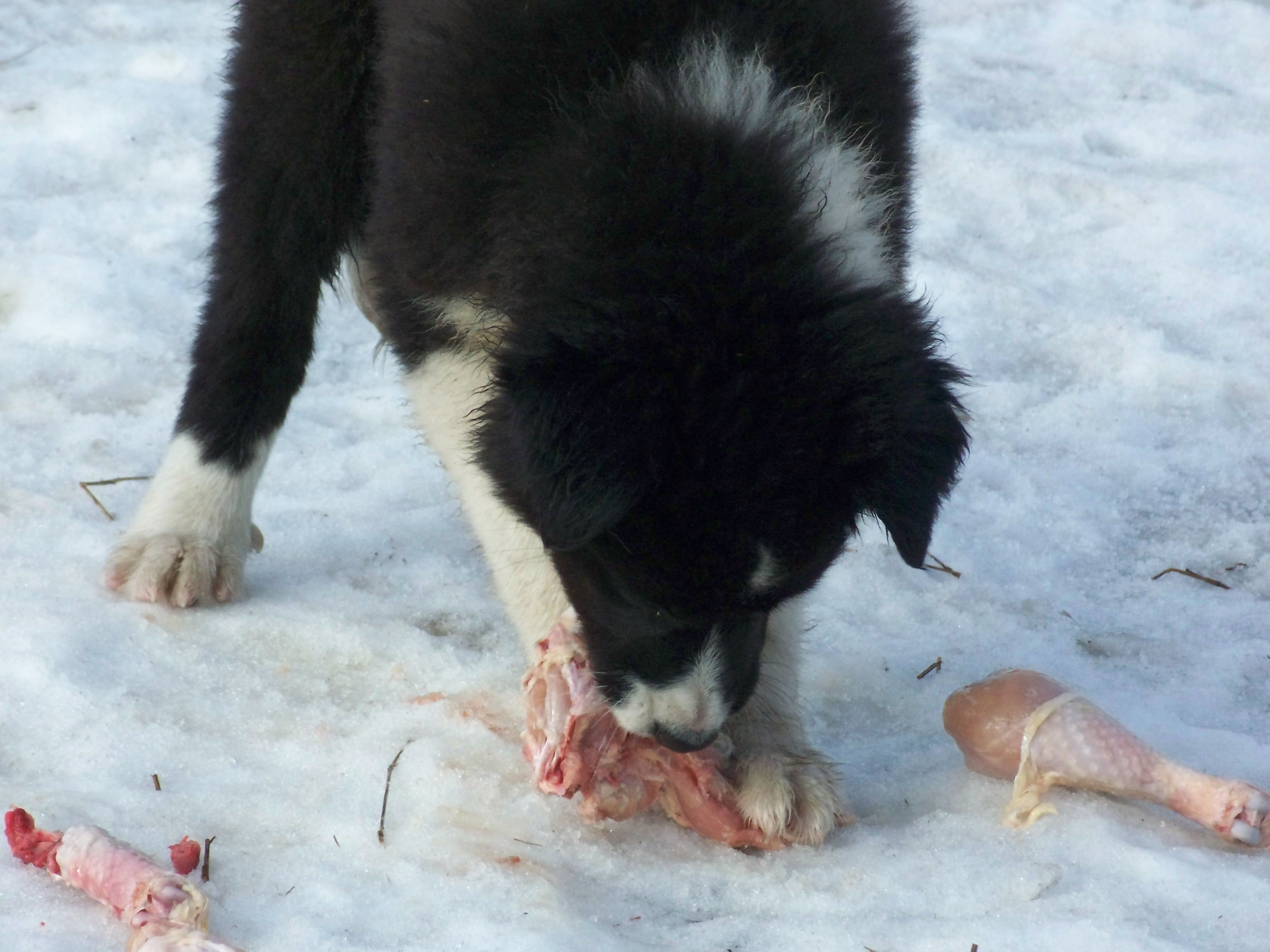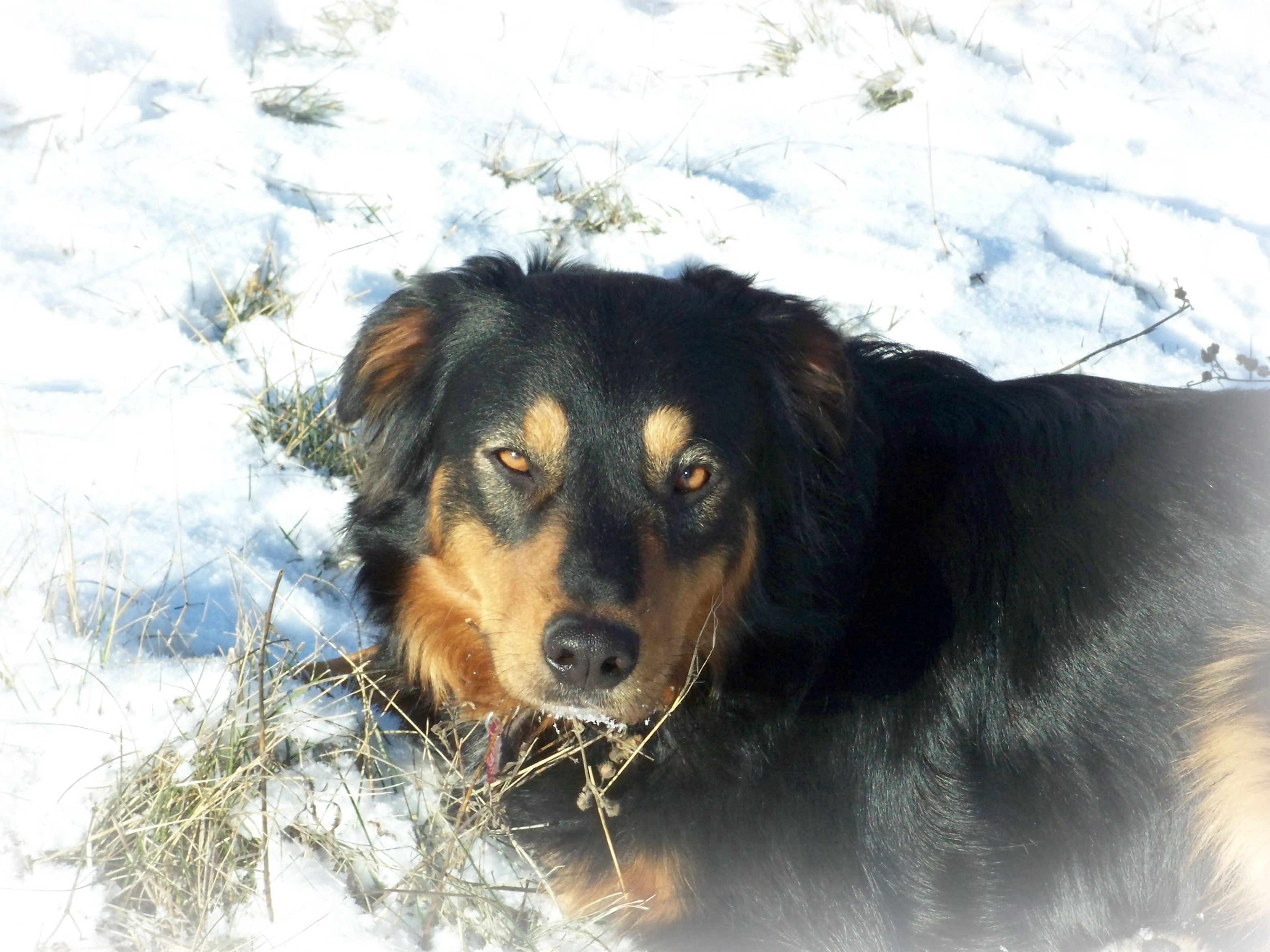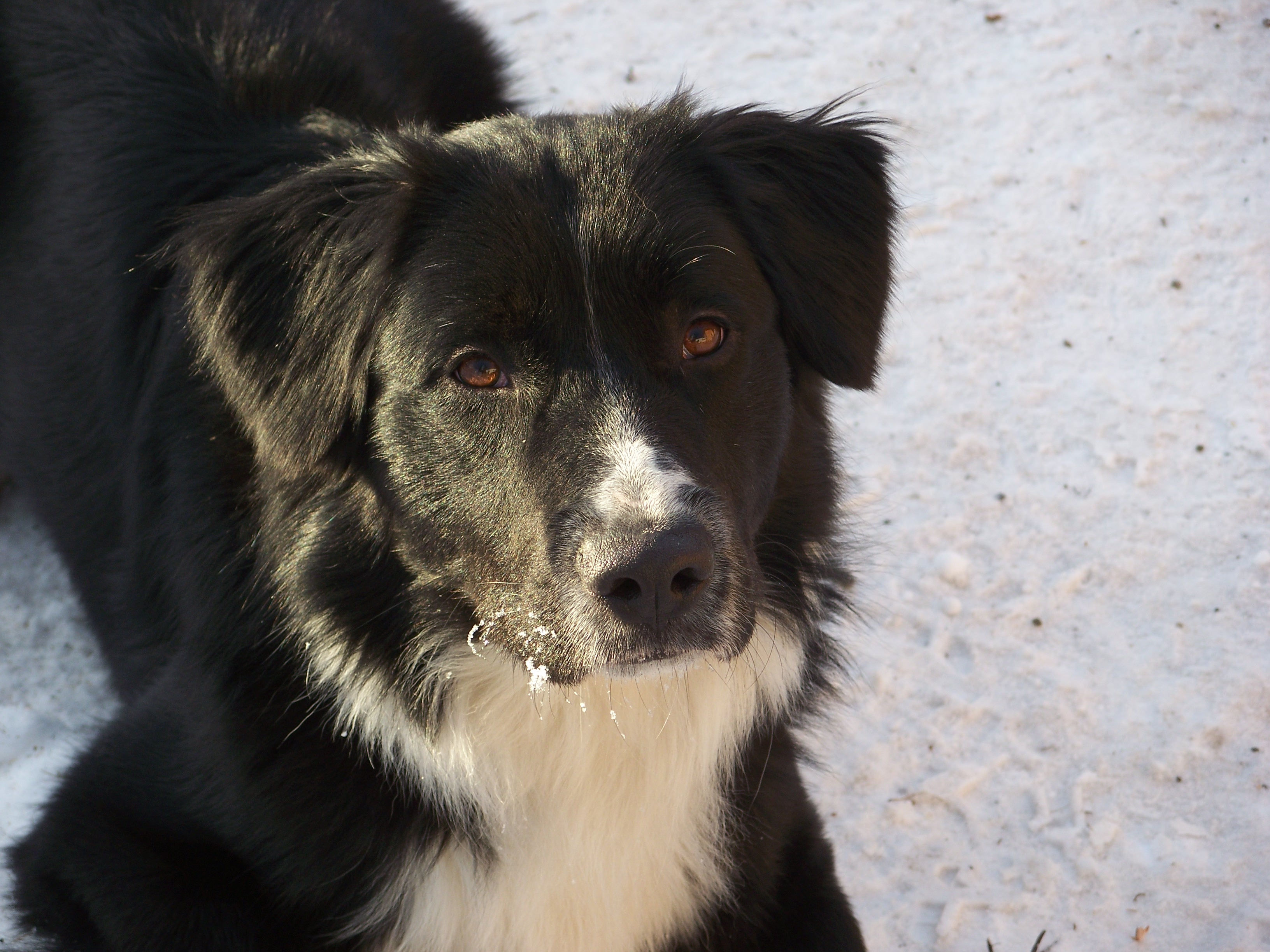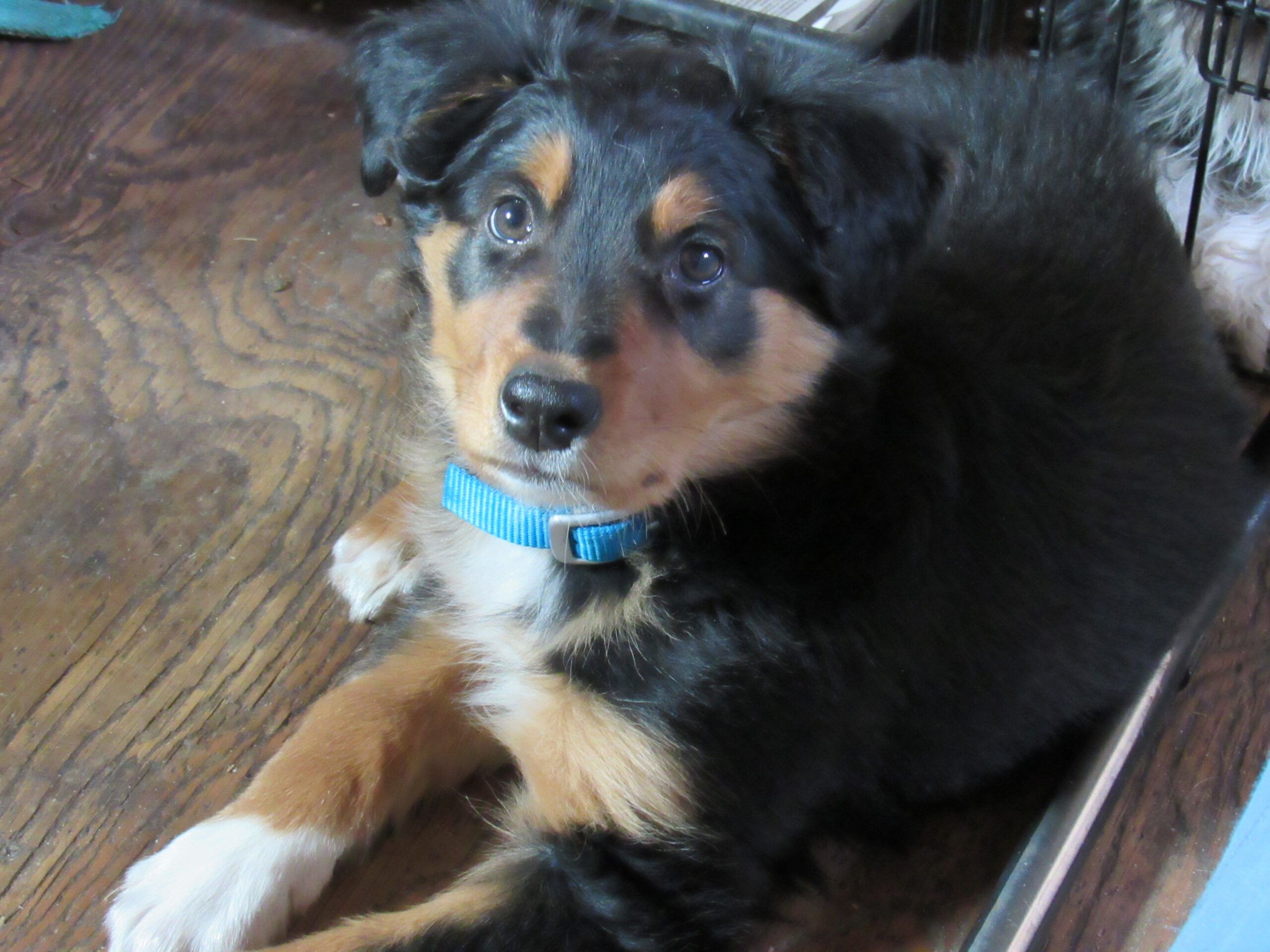The saying goes “A picture is worth a thousand words”. Yes, a picture has great power, but so do words.
Picture these: fingers plucking a tree-ripened red apple from its branch, silvery salmon swimming in clear water, a mound of dew sprinkled green pea pods, perfectly marbled raw beef steak, a bowl of dark blueberries. Is your mouth watering?
Think about these words: farm-raised, pasture-raised, farm-grown, and ranch-raised. What pictures come to mind?
We recently spied an advertisement for a new dog and cat kibble picturing those items and using those words. The obvious purpose is to induce the consumer, You, to purchase a proposed healthy food for your pet. So, I decided to investigate the ingredients of each “recipe”.
Even though the makers of this line tout it as no-gluten added, made in the USA, grain and white potato free with farm grown ingredients, what I found are vegetable/fiber fillers, ‘natural flavors’, various meat ‘meals’, and abnormally high protein contents.
We feed a Species Appropriate Raw Food (SARF) diet to our dogs and cat. For those who choose not to, it is recommended to make sure the protein content of the commercial feed is not above 20%. Take a look at the guaranteed analysis information I found in the line I investigated: salmon/herring- 35%; salmon- 30%; venison- 30%; beef- 35%; chicken/turkey- 38%. Those were on the list under guaranteed analysis; however the nutrient analysis information taken from a laboratory assay is actually higher in all cases!
Many people think a raw meat diet is a high protein diet, but that is not correct. While some raw meat is more than 20%, when feeding a SARF diet it is important to understand that a single protein source is not given all the time, but a variety for balance and rounded nutrition. In other words, a higher protein percentage for a short time is not harmful. However, when using commercial pet food is doesn’t help anyway since the vast majority is too high in protein content.
So, in contrast to the protein percentages of the kibble listed above, compare them to raw meat itself: salmon- 21.6; venison- 30.21; beef- 20.9; chicken- 23.5; turkey- 22.3. Why such a great difference? That is primarily due to the meat-meal ingredients.
It may be of interest to note the protein content of a canine mother’s milk. Extensive testing showed it to range between 7% and 10% protein.
In addition to the meat in each recipe there are also various ‘meals’. Basically, meat-meal is a meat or fish stew with all the water cooked out of it, and then that residue is baked. The end product is an overcooked, highly concentrated protein powder or meat-meal. So what’s the problem? The resulting protein content is. Raw chicken for example contains about 70% water and 23% protein, whereas chicken meal is just 10% water and a staggering 65% protein, nearly 4 times more than raw chicken!
At least the commercial brand I researched specified the meat source such as salmon, beef, lamb, etc. which suggests better quality. Low-grade meat-meals in many pet foods originate from slaughterhouse waste, spoiled grocery store meats, diseased or dying cattle, dead zoo animals, and even euthanized animals. Despite the awful mental images that sentence may invoke, one cannot ignore the truth just because it isn’t a pretty picture. Inferior meat-meals are usually listed on labels as by-product, meat meal, animal meal, chicken by-product meal, meat and bone meal (also known as MBM), or poultry meal.
It is safe to say that most of the meats used to make meat-meal are at best from animals raised in feedlots where many drugs and toxins are administered. Most commercial salmon is farmed. Farmed fish receive more antibiotics per pound than any other farmed livestock. Their feed is dyed to give their flesh the characteristic pink hue it lacks when raised in that unnatural environment. The food colorings used in the U.S. are neurotoxins that have been banned in Europe. Many people won’t eat farmed salmon/fish themselves! Testing has shown that euthanized animals retain a certain level of those drugs in their flesh.
‘Meals’ that increase protein levels can also be made from vegetables/plants like peas, cottonseed, corn, and soy. In that case there is the added issue of consuming Genetically Modified Organisms, GMO’s. Most people are familiar with the health concerns directly related to those. It’s a shame that such are now affecting our sweet pets.
Then there is the fat content in commercial pet feed to consider. Recommended fat content for commercial feed is between 5-10%. What of the brand line investigated? I found 16% and 20%, yet again the nutrient analysis listed these as higher.
And then there are the other ingredients like sweet potato, peas, carrots, fruit, and lentils. What purpose do they serve? They make inexpensive fillers. For carnivores, which cannot truly digest carbohydrates, they only serve as empty calories and cause digestive imbalance. And ‘natural favors’ is often a hiding place for MSG- a harmful chemical to humans and pets alike.
The simple truth of the matter is that even though there are commercial pet feeds far worse than this brand, it is still plain old extruded kibble, despite the pretty pictures set against a background of weathered barn board and green pastures. Your pet won’t salivate for a bowl of it like he would a fresh filet of salmon or juicy raw beef steak though. I guarantee it. And your pet’s body certainly won’t thank you. The ingredients may be “real” and “whole” in the beginning, but the end result is something like a dry breakfast cereal. Are humans supposed to thrive healthfully on cold cereal alone? Then why ask your dog or cat to do similar.
Consider commercial pet food claims of “natural” also. According to one dictionary the word natural means “existing in or formed by nature; true to or closely imitating nature; based on the state of things in nature”. That sounds very much like a description of a Species Appropriate Raw Food diet to me… carnivores eating what carnivores were created to eat!! Commercial pet food of any sort cannot be further from the definition of natural.
In the end, do not be swayed by those glossy advertising pictures! Remember the principle that no meat ‘meal’ ingredient can ever, ever be better than the fresh raw meat used to make it.
Re-think mealtime for your pets. Think true-to-nature; think raw, think species appropriate. Your pets will enthusiastically thank you. I guarantee it!
Picture this: your dog or cat… happy, feeling good because it is healthy. What is that picture worth to you? It’s priceless.







Leave A Comment